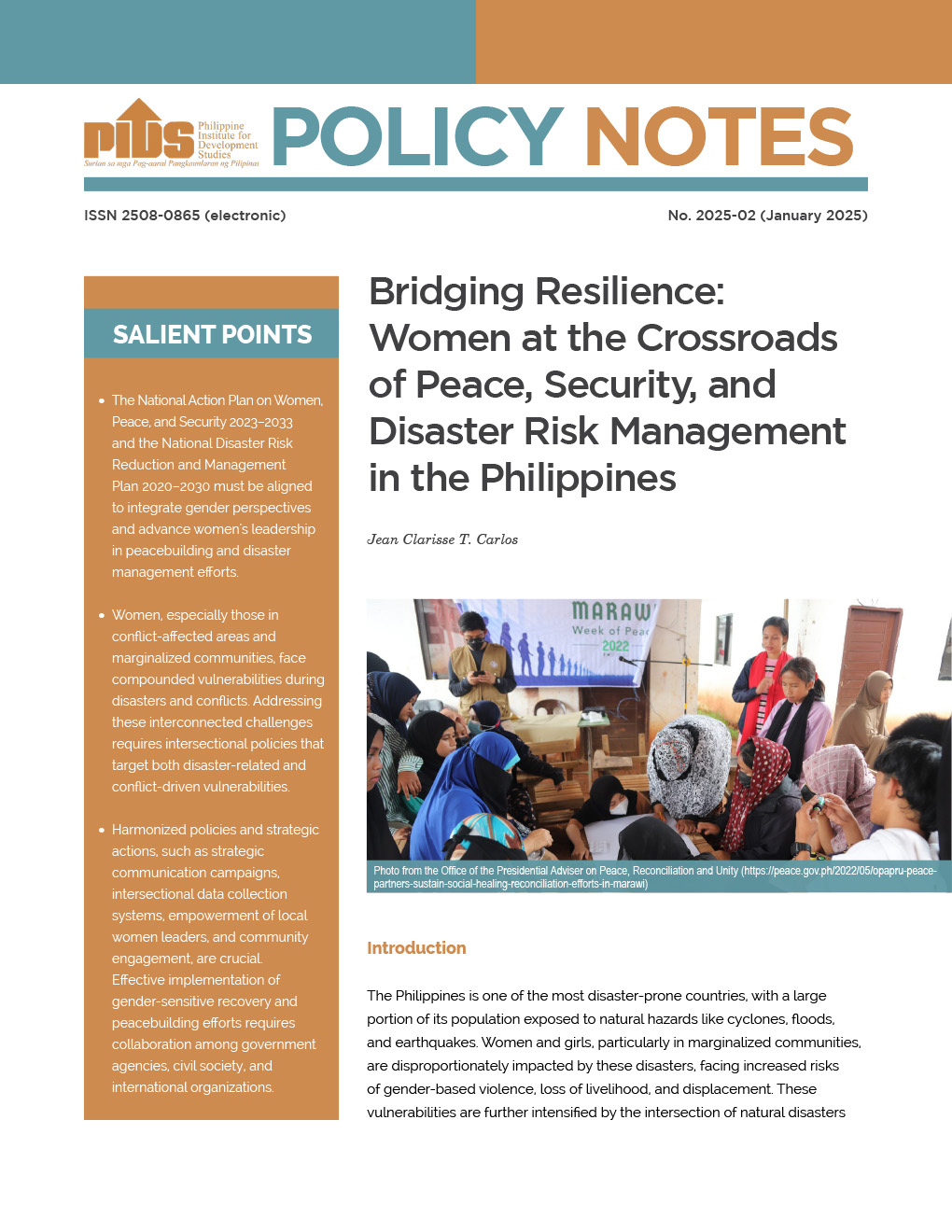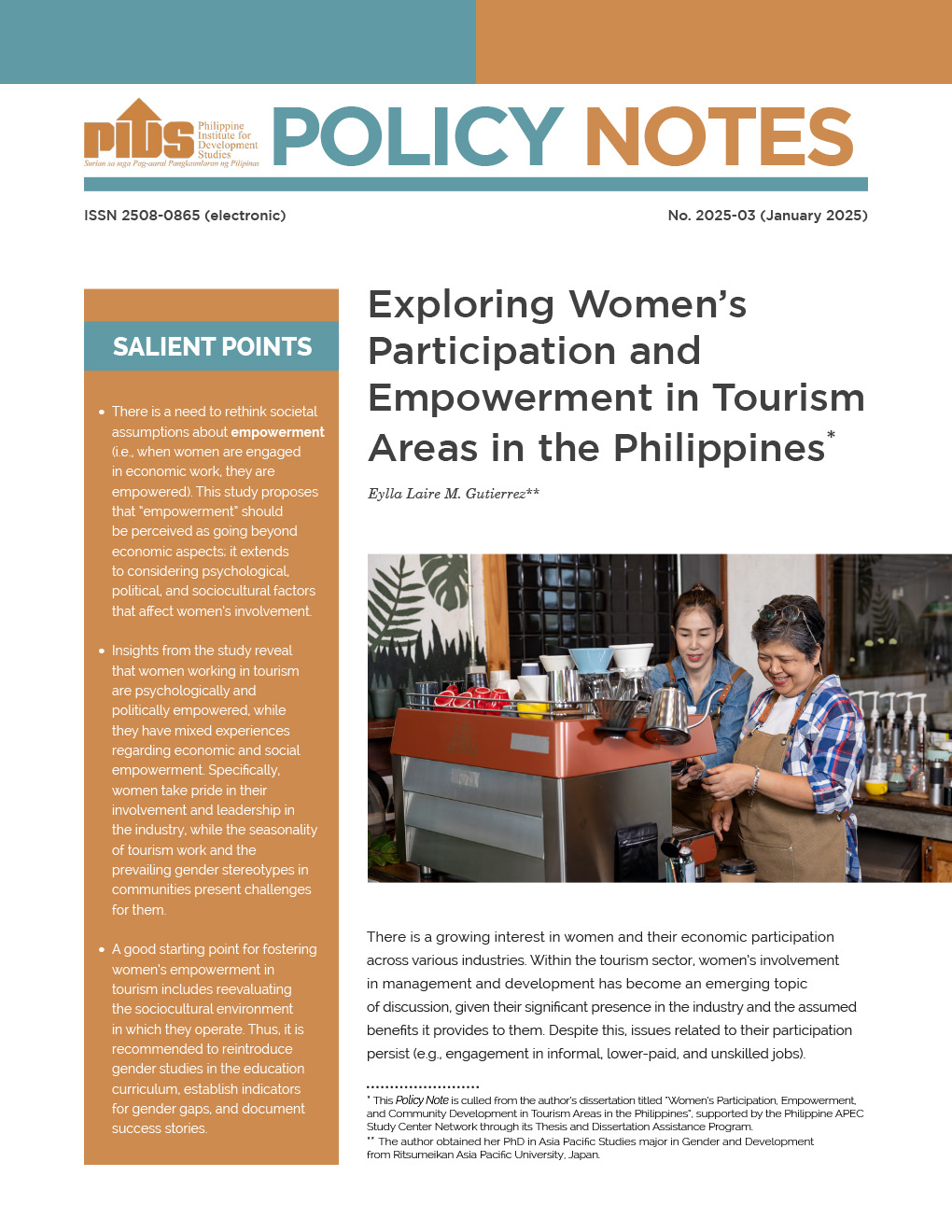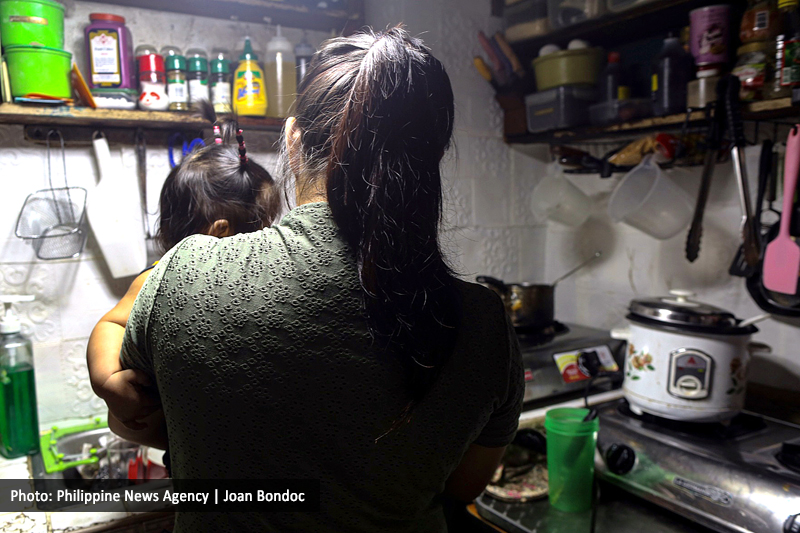New research suggests women are disadvantaged, but experts say this doesn’t stop those who want to work
Traditional gender roles are hindering women from progressing up the career ladder in the Philippines, new research has suggested.
A recently published research paper by the Philippine Institute for Development Studies (PIDS) think tank found that traditional roles of female homemakers and male providers hampered female employees’ chances of successfully breaking into the labour market.
Despite the Philippines’ rapid economic development, and the country’s high ranking – fourth among 80 countries – for women working in management roles, according to the International Labor Organization, Filipino women are still expected to do most of the domestic chores.
The Filipino values – “women nurture, and their advantages are in housework,” compared with “men provide, and their place is in the labour market,” – lead to discrimination against those women who do want a career, according to the authors of the paper, Connie Bayudan-Dacuycuy and Lawrence Dacuycuy.
The number of Filipino women in work, including those who are self-employed, has been static for the past three years, accounting for 62.8 per cent of the total national labour force in 2016, 63.7 per cent in 2015 and 63.3 per cent in 2014, according to the Philippine Statistics Authority (PSA).
“There are unconscious gender issues that can be felt in the workplace despite continuous efforts to promote equality,” said Jo-Ann Capuz, a Manila-based senior recruitment consultant at Monroe Consulting.
However, she told People Management that such principles do not stop local women pursuing careers to prove their worth. For example, she said, about half of the consultants in Monroe’s Manila office are female, which was indicative of the workforce in the Philippines.
She also said there was an equal proportion of men and women in management positions, especially in the business process outsourcing industry.
“Even in the traditionally male-dominant industries like engineering, there are a number of women working as managers or leaders,” she added.
The service sector, including retail, finance and accommodation, provides many more opportunities for women and men in the country, according to the PSA. In 2016, its employment numbers represented 55.6 per cent of the total 40.8 million employees in the country, compared with 26.9 per cent in agriculture and 17.5 per cent in industry.
In another PIDS study, published in May, authors Jose Ramon Albert and Jana Flor Vizmanos revealed that, in the Philippines, women are paid slightly higher than men, especially in high-level positions. But women earned less than men when they were employed in lower level jobs, such as clerks, service workers and shop assistants, even though these sectors hire more women. In male–dominated sectors such as trade and machine operation, men are paid more than women.
Capuz does not acknowledge the pay gap, saying the labour force in the Philippines has evolved and now affords equal treatment to both men and women in the workplace. She also said she did not find it more difficult or costly to hire, train or keep female workers than male workers. “Maybe the only difference is that companies have to pay for maternity leave and relevant costs, but it’s the same as in other countries,” she added.
Traditional gender roles are hindering women from progressing up the career ladder in the Philippines, new research has suggested.
A recently published research paper by the Philippine Institute for Development Studies (PIDS) think tank found that traditional roles of female homemakers and male providers hampered female employees’ chances of successfully breaking into the labour market.
Despite the Philippines’ rapid economic development, and the country’s high ranking – fourth among 80 countries – for women working in management roles, according to the International Labor Organization, Filipino women are still expected to do most of the domestic chores.
The Filipino values – “women nurture, and their advantages are in housework,” compared with “men provide, and their place is in the labour market,” – lead to discrimination against those women who do want a career, according to the authors of the paper, Connie Bayudan-Dacuycuy and Lawrence Dacuycuy.
The number of Filipino women in work, including those who are self-employed, has been static for the past three years, accounting for 62.8 per cent of the total national labour force in 2016, 63.7 per cent in 2015 and 63.3 per cent in 2014, according to the Philippine Statistics Authority (PSA).
“There are unconscious gender issues that can be felt in the workplace despite continuous efforts to promote equality,” said Jo-Ann Capuz, a Manila-based senior recruitment consultant at Monroe Consulting.
However, she told People Management that such principles do not stop local women pursuing careers to prove their worth. For example, she said, about half of the consultants in Monroe’s Manila office are female, which was indicative of the workforce in the Philippines.
She also said there was an equal proportion of men and women in management positions, especially in the business process outsourcing industry.
“Even in the traditionally male-dominant industries like engineering, there are a number of women working as managers or leaders,” she added.
The service sector, including retail, finance and accommodation, provides many more opportunities for women and men in the country, according to the PSA. In 2016, its employment numbers represented 55.6 per cent of the total 40.8 million employees in the country, compared with 26.9 per cent in agriculture and 17.5 per cent in industry.
In another PIDS study, published in May, authors Jose Ramon Albert and Jana Flor Vizmanos revealed that, in the Philippines, women are paid slightly higher than men, especially in high-level positions. But women earned less than men when they were employed in lower level jobs, such as clerks, service workers and shop assistants, even though these sectors hire more women. In male–dominated sectors such as trade and machine operation, men are paid more than women.
Capuz does not acknowledge the pay gap, saying the labour force in the Philippines has evolved and now affords equal treatment to both men and women in the workplace. She also said she did not find it more difficult or costly to hire, train or keep female workers than male workers. “Maybe the only difference is that companies have to pay for maternity leave and relevant costs, but it’s the same as in other countries,” she added.












